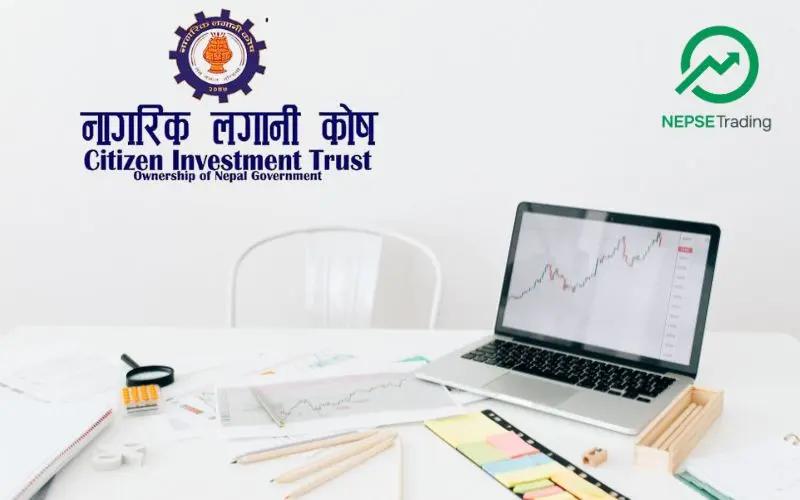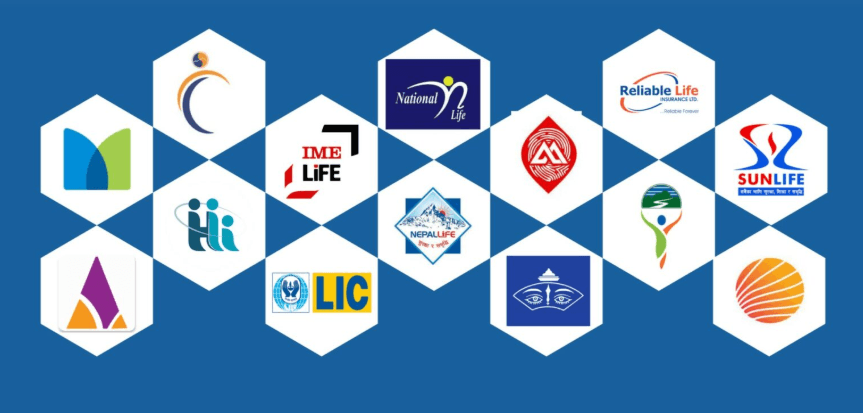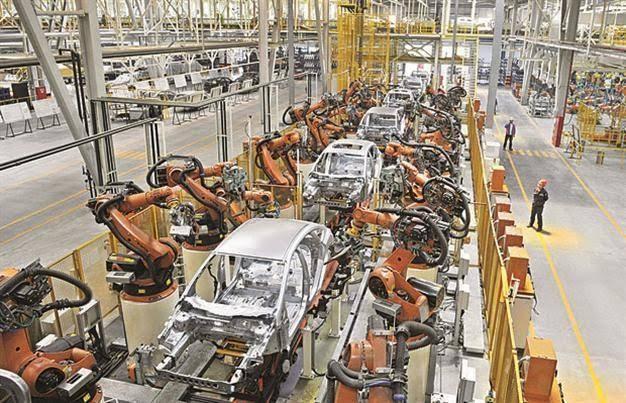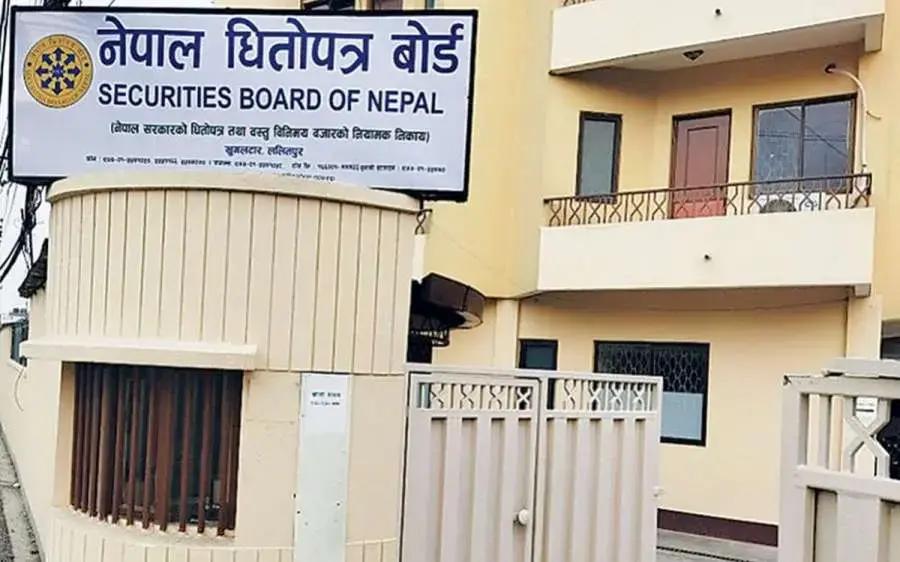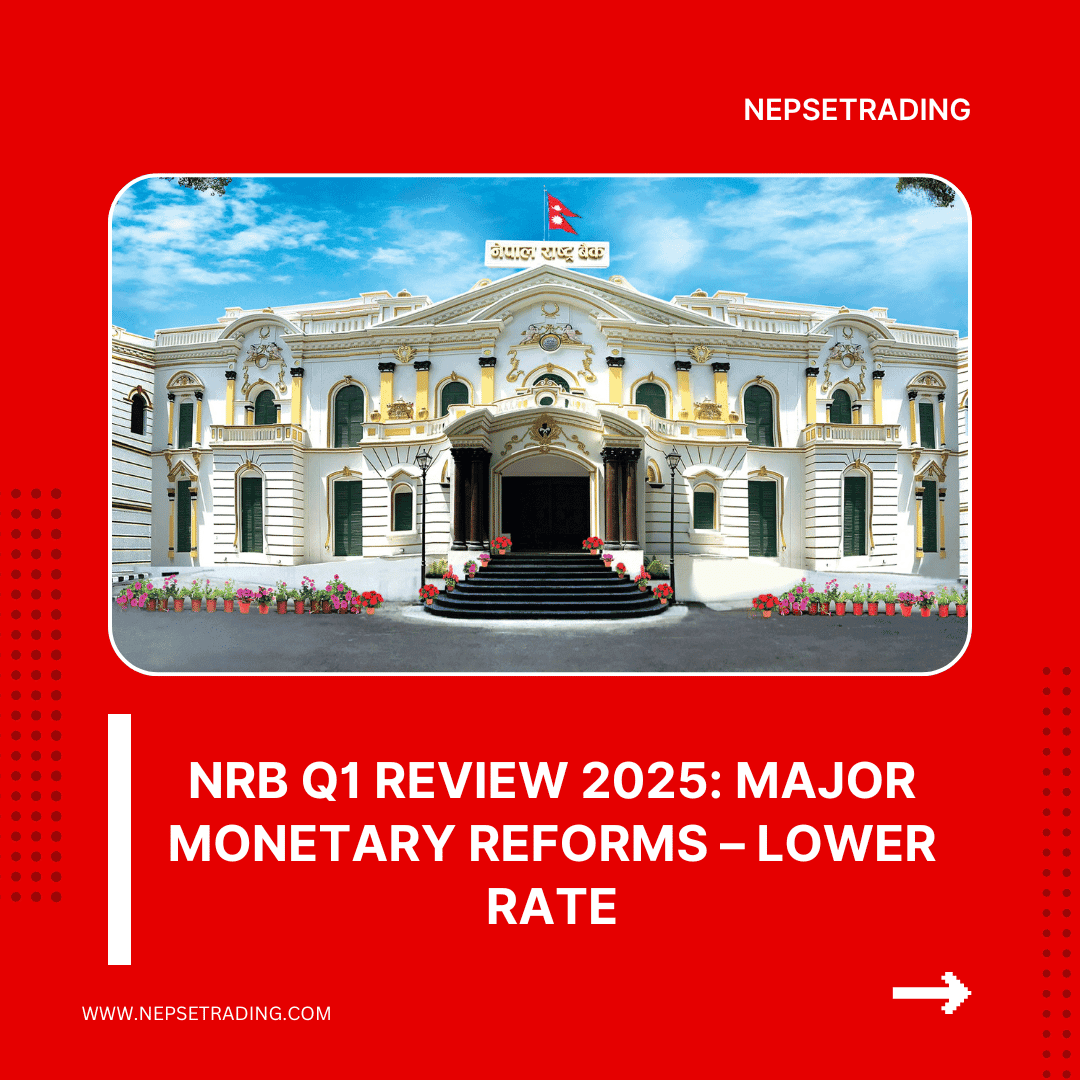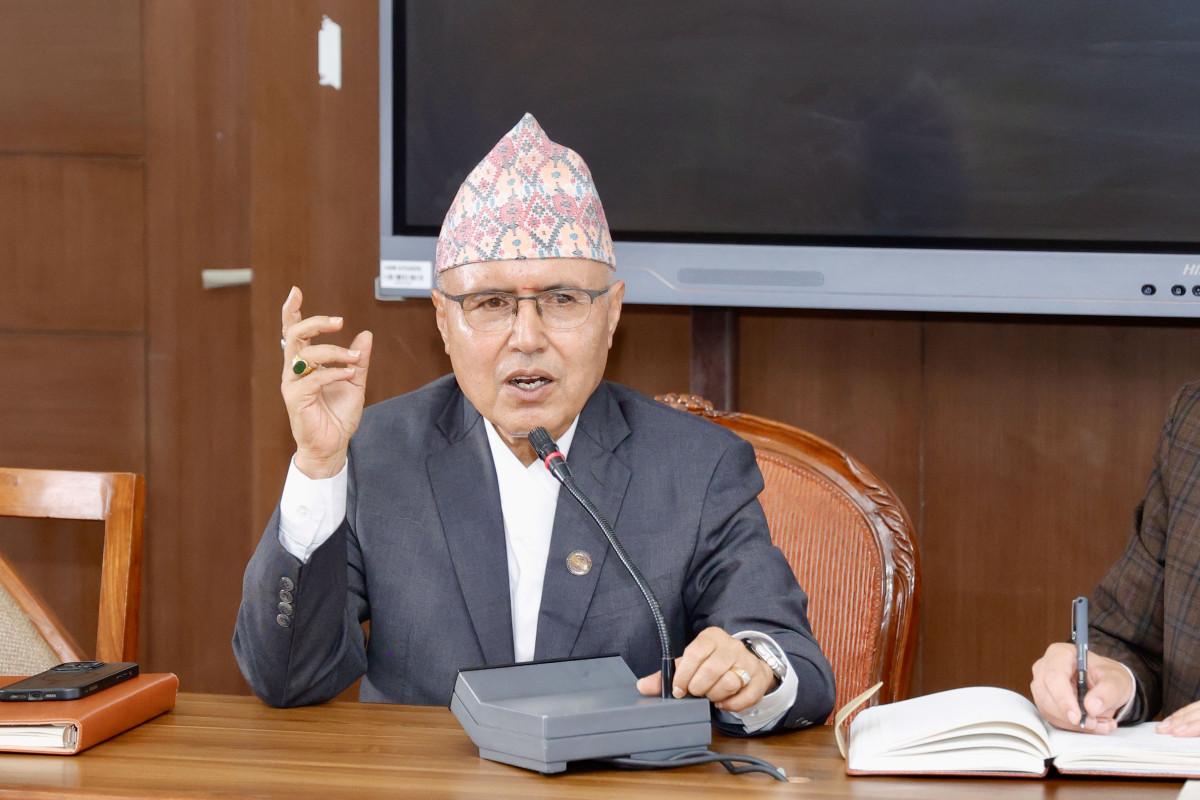By Dipesh Ghimire
Top 10 Countries with Highest Foreign Exchange Reserves in 2025: A Deep Dive

According to recent data by currentaffairs.adda247, China continues to dominate the global stage with the highest foreign exchange reserves, followed by Japan and Switzerland. Foreign exchange reserves, which include foreign currencies, gold reserves, SDRs (Special Drawing Rights), and IMF reserve positions, serve as vital financial buffers for countries, helping stabilize currencies, manage inflation, and respond to economic crises.
Interpretation and Analysis
1. China’s Unshakeable Lead
China sits at the top with over $3.57 trillion in reserves, nearly three times more than Japan, the next in line. This massive stockpile reflects China’s export-driven economy, trade surpluses, and capital controls that keep foreign currency inflows high and outflows restricted. The country’s reserves act as a shield against currency fluctuations and give it strong leverage in global trade and finance.
2. Japan and Switzerland: Stable Economies, High Reserves
Japan holds $1.23 trillion, primarily driven by its conservative monetary policy and strong exports, especially in technology and automobiles. Switzerland, with $952 billion, punches above its weight due to the Swiss National Bank’s long-standing intervention in forex markets to prevent excessive franc appreciation.
3. India’s Rising Forex Strength
India’s $686 billion reserve is a significant rise over recent years, marking strong capital inflows, remittances, and export growth, particularly in IT and services. Amid global volatility, this acts as a vital safety net to defend the rupee and import essential goods like oil and gold.
4. Russia’s Position Despite Sanctions
Despite facing intense Western sanctions, Russia retains $620 billion in forex reserves. The country has shifted reserve assets towards non-dollar holdings like Chinese yuan and gold, enhancing insulation from global financial pressure.
5. Taiwan’s Strategic Surplus
Taiwan, often under geopolitical spotlight due to its tech industry and tensions with China, maintains $576 billion. A large part of its reserves comes from a consistent trade surplus, especially in semiconductors and electronics.
6. Middle East and Oil Exporters
Saudi Arabia holds $434 billion, with oil revenues being the primary contributor. However, massive government spending and price volatility limit the accumulation. Hong Kong and South Korea, both global trade hubs, maintain similar reserve levels (~$420 billion) for economic shock absorption.
7. Brazil: Leading Latin America
Brazil rounds off the top 10 with $388 billion—the highest in South America. It reflects commodity exports, inflation targeting policies, and efforts to build buffers during boom years to prepare for external shocks.

What Do These Reserves Mean?
Currency Stability: High reserves enable central banks to stabilize their currencies during inflation or depreciation threats.
Investor Confidence: Countries with larger reserves are viewed as safer investment destinations.
Debt Management: Reserves help repay international debts without putting strain on domestic financial systems.
Crisis Response: Acts as an economic cushion in times of global uncertainty, war, or commodity price shocks.
Key Insights
Asia dominates the forex reserve leaderboard, with 7 of the top 10 countries.
Energy-rich countries like Saudi Arabia leverage commodity trade to maintain reserves, though less than export-centric economies.
Emerging economies like India and Brazil are fast catching up, aiming to fortify their global economic standing.
In 2025, foreign exchange reserves continue to define economic resilience. While China maintains a staggering lead, nations like India, Taiwan, and Brazil are rapidly fortifying their positions. With rising geopolitical tensions, inflationary pressures, and global trade realignments, foreign exchange reserves remain the silent warriors of financial defense.


